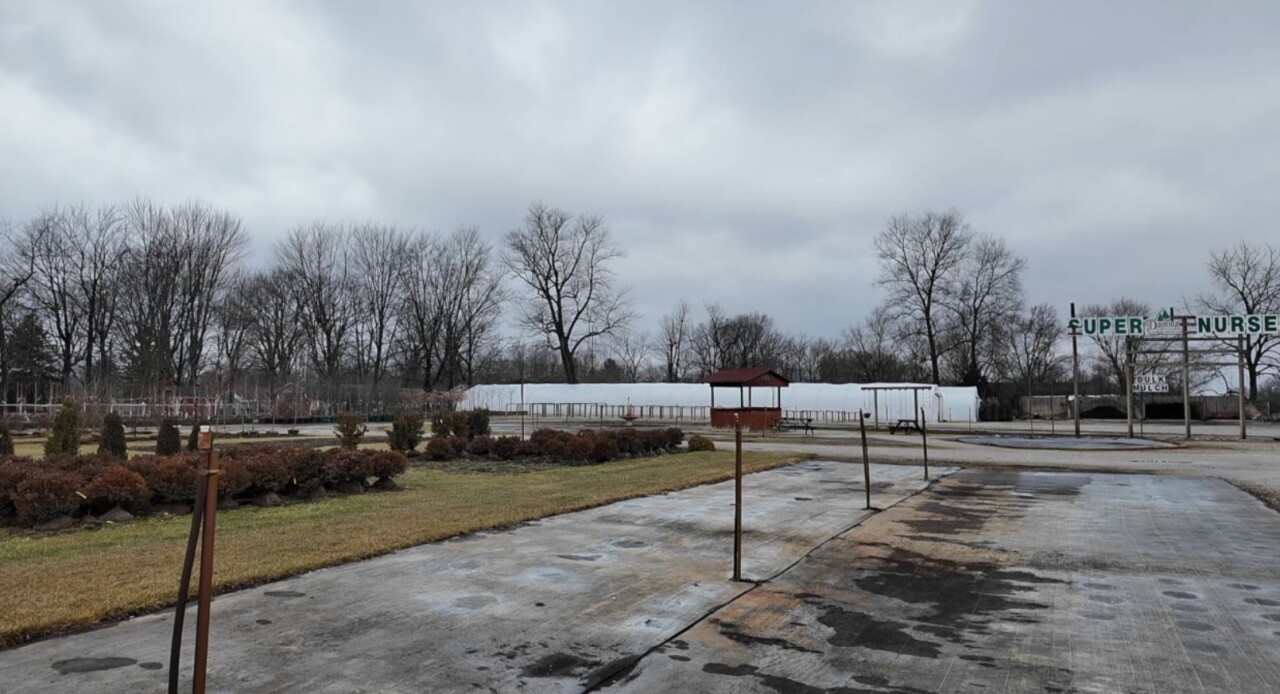INDIANAPOLIS — After record-warm temperatures to start the week, you may have noticed a few of your outdoor perennials are starting to emerge.
It isn't unusual for plants to awaken in early February, but you still may need to help protect your plants from the cold in the remaining weeks of winter and early spring.

Jim Dammann is the owner of Dammann's Garden Center and Greenhouse off Rockville Road. He said his team has been busy this week monitoring the plants and the forecast.
"Plants are beginning to wake up with the warmer weather. A lot of the perennials that grow lower to the ground are starting to show," Dammann explained. "Your hostas, your daylilies, some of the roses are starting to get new growth."

When plants start to grow, they are most sensitive to the cold.
"When it warms up, the plant starts its cycle of growth. As it freezes, it stunts the growth. It makes that plant slow back down again," Dammann said. "That's really the most delicate time for those plants."
Most of the time, your outdoor plants will be OK on their own. When temperatures get closer to 32 degrees, that's when you need to pay closer attention to them.

The freezing mark means frost can form outdoors, but many plants can withstand this. If you have a younger plant, or a plant more sensitive to the cold, you may need to cover it on these cool nights.
Temperatures below 30 degrees are most concerning, as hard freeze conditions can make plants go dormant again.

Dammann says the best way to protect your plants is by covering them when you know freeze temperatures are possible.
Look for some sort of breathable material, like cloth.

"Anything we can find, just to cover that plant: cardboard, fencing, screening," Dammann said. "Creating a fence around the plant, filling it with foliage, leaves, debris, or straw, is a good method as well."
What isn't a good method? Using plastic to cover your plants.
"It is counterproductive to use plastic because what you're going to end up with is the greenhouse effect," Dammann explained. "The next morning when the sun comes out, and the plastic hasn't been taken off, the greenhouse effect will start under the plastic. It will burn it from heat."

Whatever material you have, gently drape it over your plants, then use a rope or string to tie it around the base of the plant, so it will not blow away in the wind.
"Don't leave it on for too long," Dammann said. "Once we get the warm-up again, we need to get that cover off of them so they can breathe again."

A little bit of work now can help keep your garden growing.
"It's worthwhile to protect our plant, so they can perform the way they're supposed to perform," said Dammann.











